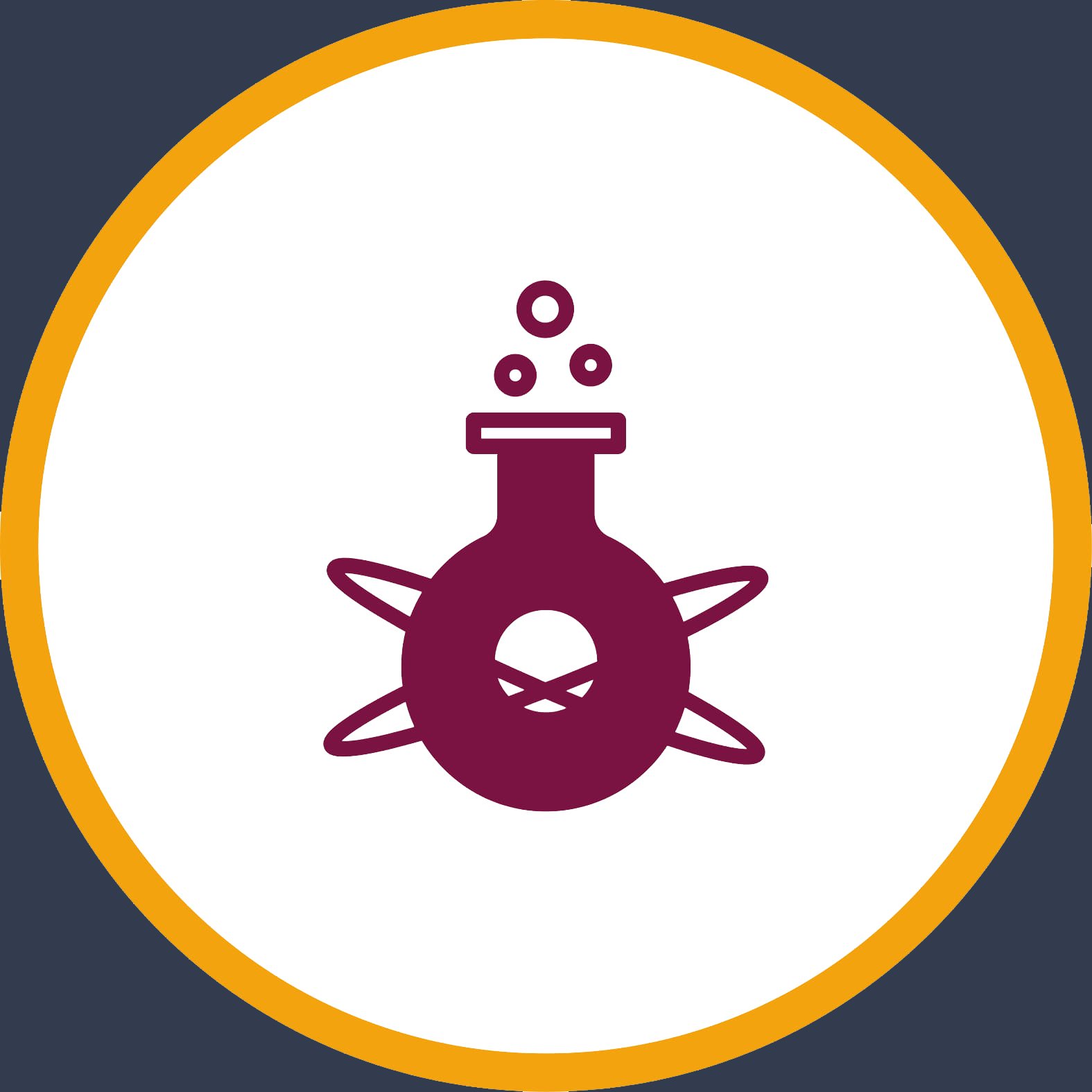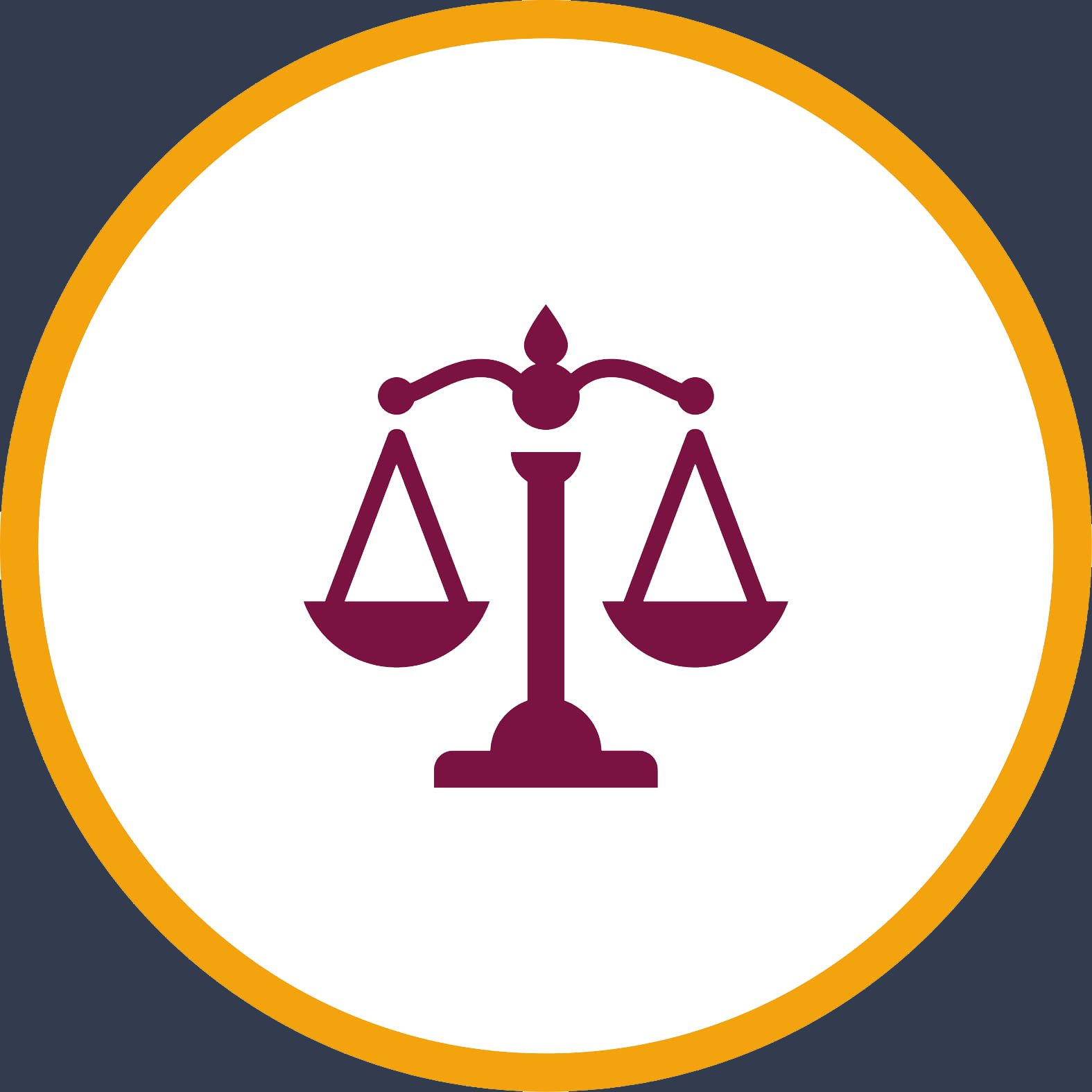By the end of this program, students will be able to:
- Identify social, Cultural, Economic, Ecological and Technological in Design Solutions.
- Apply project Management Skills and Quantity Estimation.
- Apply Laws, Codes, Regulations, Standards and Practices in Relation to Building Construction Systems.
- Examine the Historical and Theoretical Fundamentals of Interior Design.
- Apply the Principles of Lighting, Acoustics, Thermal Comfort, and Indoor air Quality in Relation to Environmental Impact and Human Wellbeing.
- Employ Collaboration and Leadership Skills in the Process of Internal Design.
- Distinguish Codes, Standards, and Guidelines that Impact the Human Experience of Interior Spaces.
- Develop Quantitate and Qualitative Research Projects in areas of Interior Design
- Apply the Creativity and Analytical Skills and Artistic Sense.
- Evaluate how Materials are Fabricated, Installed and Maintained and how to Plan Furniture, Fixture and Equipment Layouts.
- Employ Interior Design Knowledge Using Computer Aided Design Tools and Drawing Techniques on two and three Dimensional as Required.









